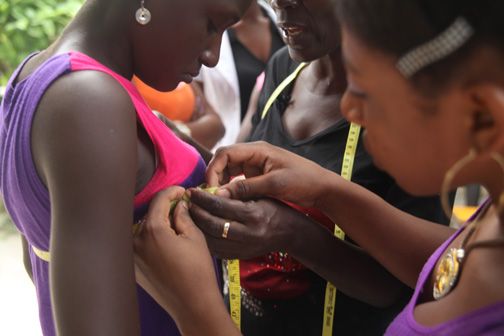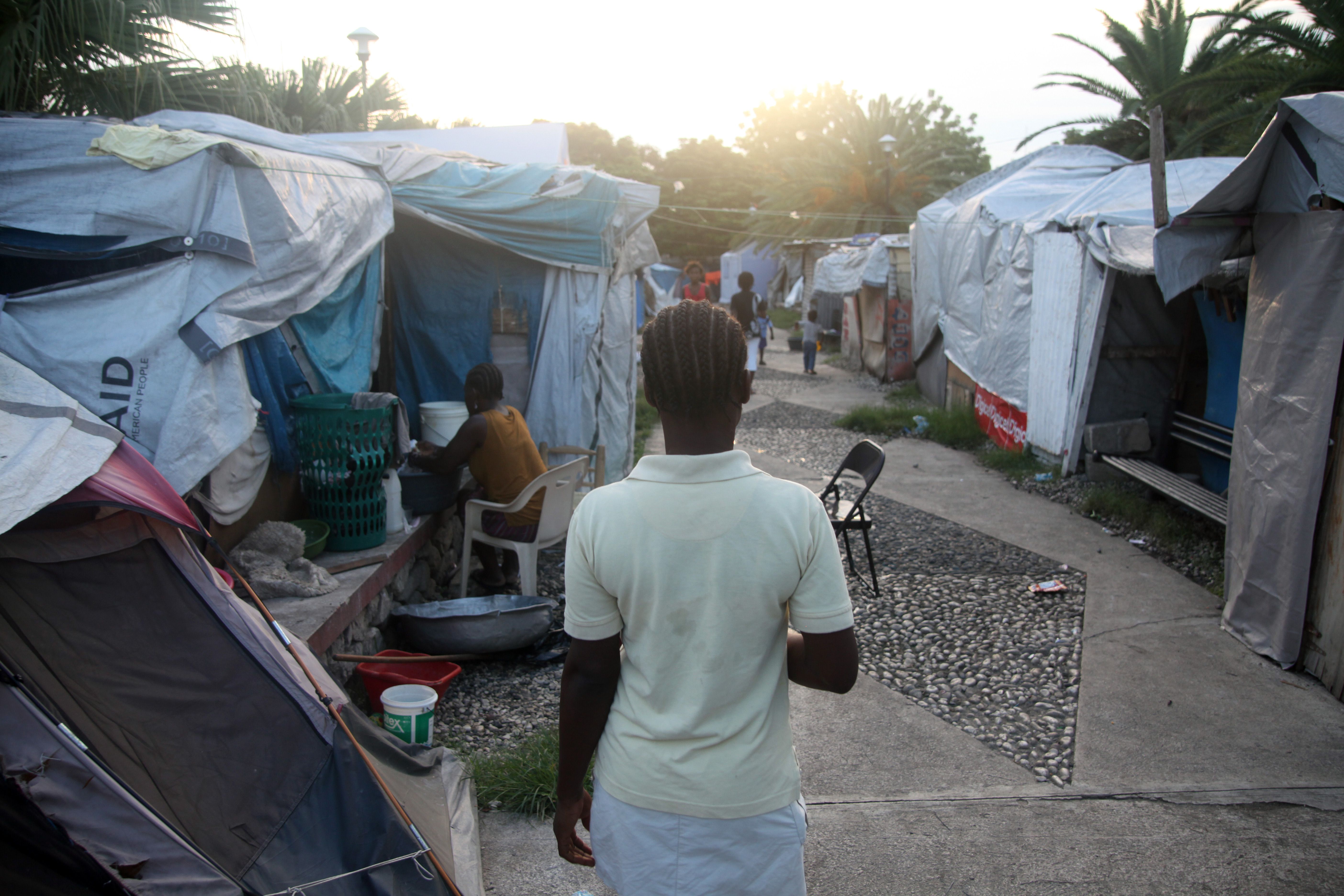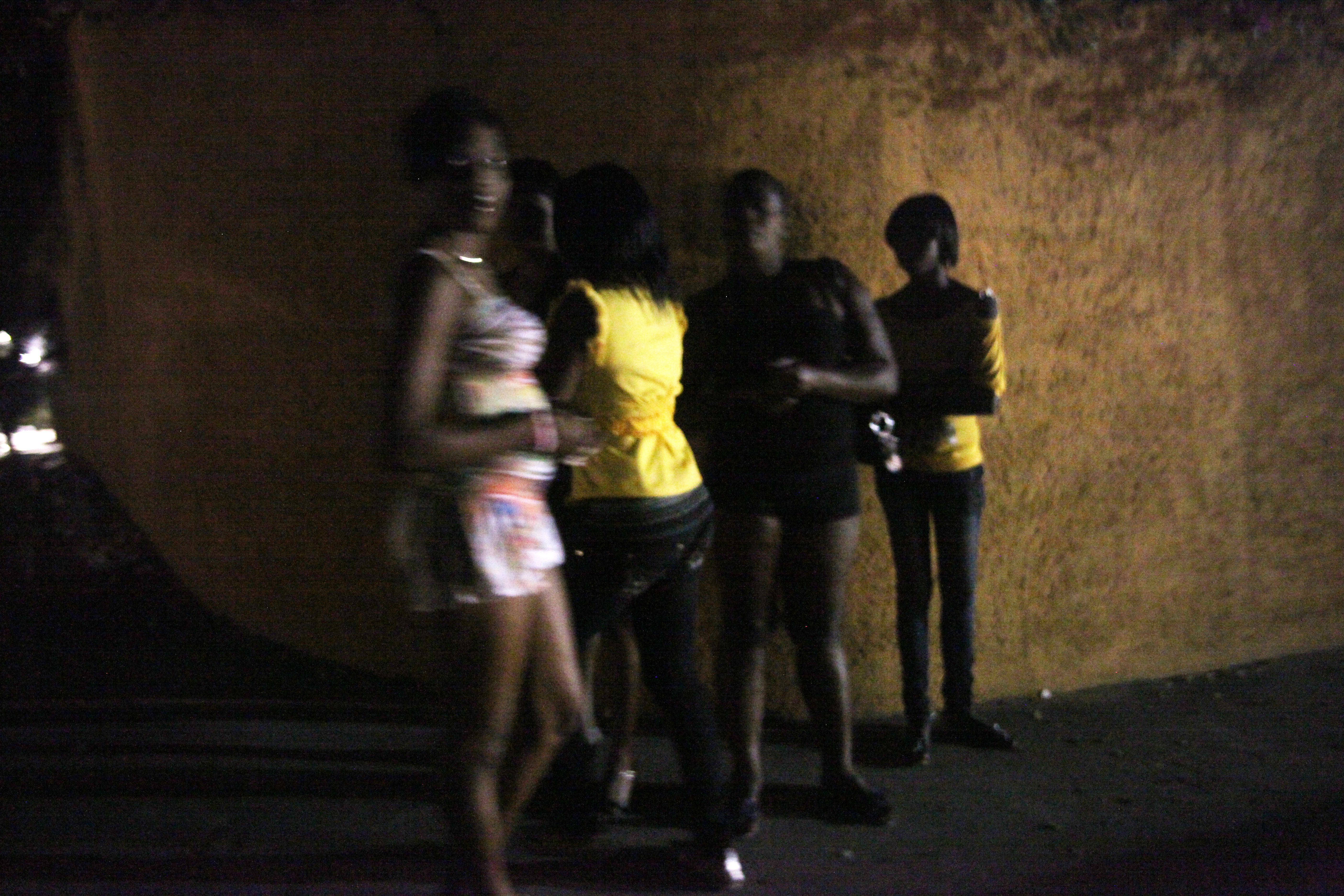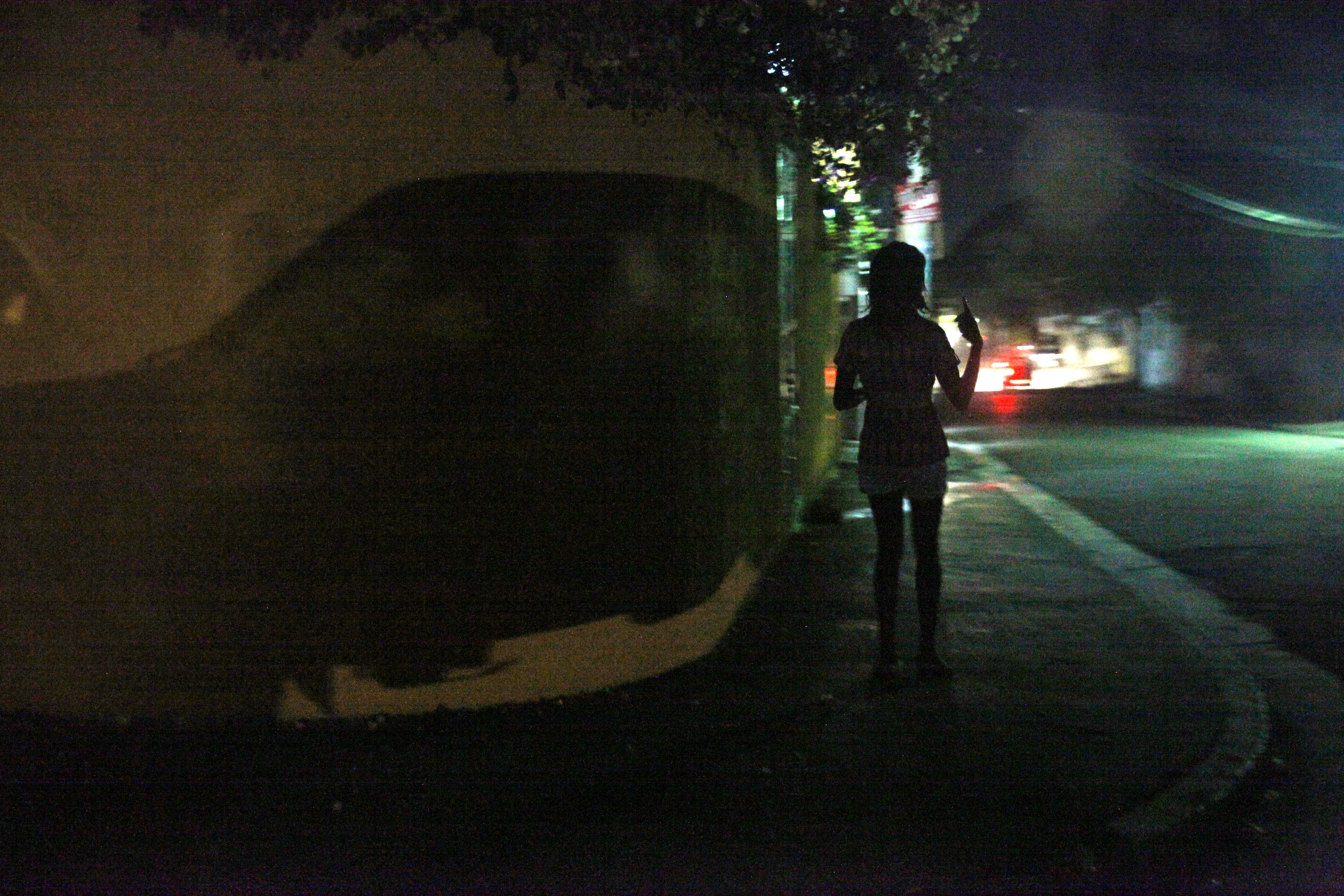It is not as if teenage prostitution didn’t exist in Haiti before the January 2010 earthquake that left 1.5 million displaced, tens of thousands of them living in haphazardly-placed tents in scattered through the capital, Port-au-Prince. But in the months since, the number of girls, some as young as 8, who have been forced to have sex in order to survive has drastically increased. Not surprisingly, the number of rapes has also gone up.
The situation will likely get worse as in late May, shortly after President Michel Martelly took office, police destroyed about 200 makeshift tents, leaving their occupants without anywhere else to go. According to the International Organization of Migration, 25 percent of those in camps have been threatened with eviction.
Photojournalist Andre Lambertson documents the plight of some of these young women, including several who have been helped by a local rape survivors network.













